Disclosure: This article contains affiliate links. We may earn a commission from purchases at no extra cost to you, which helps our travel content.
The American Midwest holds secrets that travelers often overlook in favor of coastal metropolises or mountain retreats. Watertown, South Dakota stands as testament to this oversight—a cultural oasis rising from the prairie landscape that captured my attention during a recent autumn weekend. After documenting traditional practices across four continents, I've developed an eye for communities preserving their heritage while embracing contemporary expression. Watertown delivers this intersection with remarkable authenticity and surprising depth.
The Terry Redlin Art Center: A Prairie Son's Legacy
The morning light in South Dakota possesses a quality photographers chase across continents—crisp, golden, and transformative as it washes across the prairie. It's this same light that Terry Redlin, Watertown's most celebrated artistic son, captured with such precision in his works.
The Terry Redlin Art Center stands as both monument and museum, housing over 150 of his original paintings that chronicle rural American life with a nostalgic luminosity that feels almost supernatural. As someone who's documented traditional practices globally, I found myself transfixed by Redlin's ability to preserve moments of Midwestern heritage through his brush—the hunting traditions, family gatherings, and seasonal rhythms that define this region's cultural identity.
I spent three hours wandering the galleries, my pocket sketchbook filling with notes about his technical approach to light. The museum's design itself—with its stone facade and copper roof—reflects the architectural vernacular of the region, making the entire experience a lesson in Dakota aesthetics.
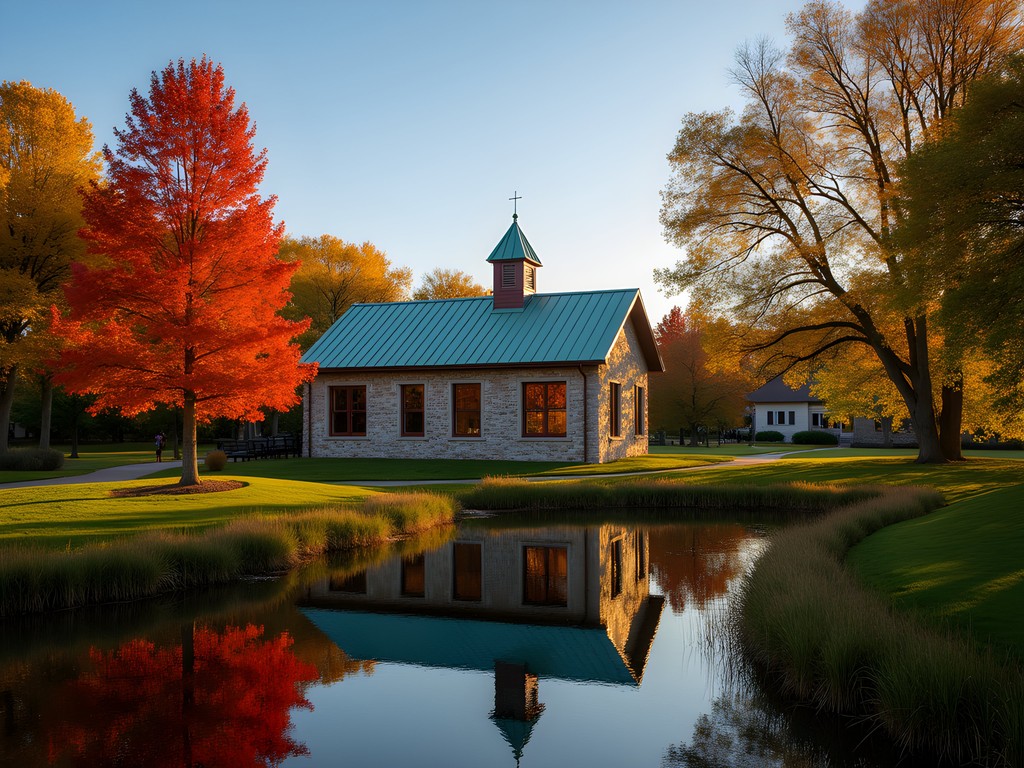
💡 Pro Tips
- Visit during weekday mornings for the smallest crowds
- The museum is completely free (though donations are appreciated)
- The surrounding 30-acre conservation park offers excellent walking paths for reflection after viewing the art
Mellette House: Whispers from Dakota Territory
History in the American West often feels compressed—the transition from territory to statehood, from indigenous land to European settlement, unfolded in decades rather than centuries. The Mellette House stands as physical testimony to this rapid transformation.
Built in 1885 for Arthur Calvin Mellette, the last territorial governor and first state governor of South Dakota, this Victorian mansion offers an intimate glimpse into the period when Dakota was becoming South Dakota. What struck me most was not just the architectural grandeur (though the ornate woodwork and period furnishings are remarkable), but the personal artifacts that humanize the political narrative.
The volunteer guides share stories with a passion that transforms historical figures into complex humans navigating unprecedented change. I was particularly moved by the letters between Mellette and his wife Margaret during his political campaigns—communications preserved from an era before instant connectivity, when fountain pens and patience were the tools of correspondence.
For those interested in American political history or Victorian architecture, this modest admission fee ($7 for adults) delivers exceptional value and context for understanding how the Dakota Territory transformed into the state we know today.
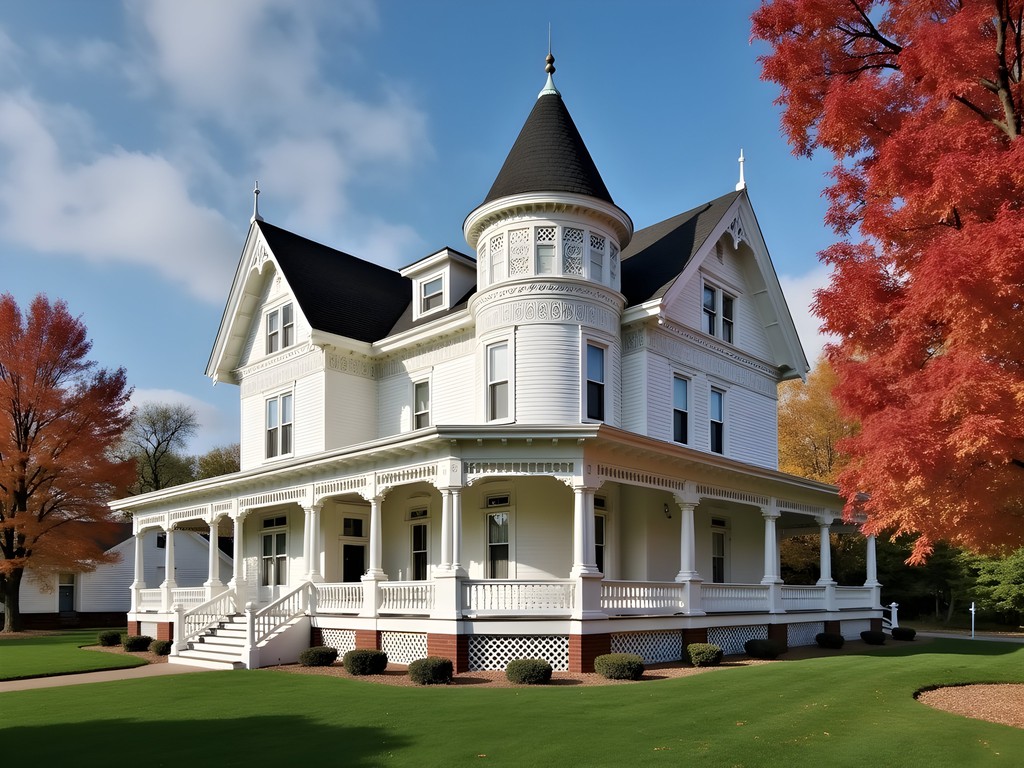
💡 Pro Tips
- Call ahead to confirm hours as they vary seasonally
- Ask about the secret compartment in the governor's desk—the story behind it is fascinating
- The gardens are particularly lovely in early fall when the roses are still blooming
Goss Opera House: Prairie Renaissance
Cultural preservation takes many forms, from museum conservation to active revitalization. The Goss Opera House represents the latter—a stunning example of how historic spaces can be reborn through community determination.
Built in 1889, this Romanesque Revival building once hosted traveling performers who brought opera, theater, and music to the prairie frontier. After decades of various uses and eventual decline, a grassroots restoration effort has transformed the Goss into a vibrant cultural center that honors its past while embracing contemporary needs.
I timed my visit to catch a local theater production in the upstairs performance space, where the original pressed tin ceiling still gleams above modern theatrical lighting. The acoustics—designed long before electronic amplification—create a warmth that modern venues often lack. Before the performance, I enjoyed a craft cocktail at the ground floor restaurant, where the bartender mixed a prairie-inspired drink that incorporated local botanicals.
What makes the Goss remarkable is how it functions as both museum and living cultural space—preserving architectural details while hosting events that continue its original mission of bringing arts to the prairie. The building itself tells a story of boom-era optimism, decline, and community-driven revival that parallels many Midwestern towns.
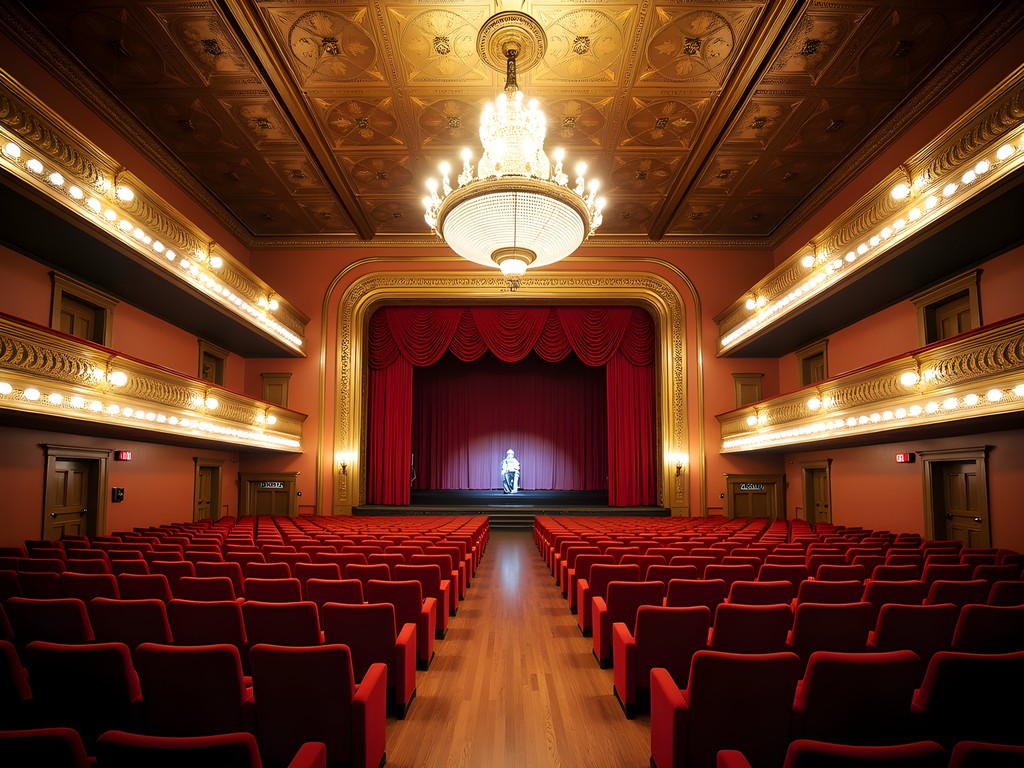
💡 Pro Tips
- Check their event calendar before your visit to catch a performance
- The building tour offered on Saturday mornings provides fascinating architectural and historical context
- The restaurant sources ingredients from local farms—try anything featuring South Dakota beef
Bramble Park Zoo: Conservation Through Education
Cultural heritage extends beyond human artifacts to include our relationship with the natural world. The Bramble Park Zoo offers a thoughtful exploration of this connection through its focus on both regional wildlife and global conservation.
What separates Bramble from larger, more commercial zoos is its educational mission and intimate scale. The 15-acre facility houses over 500 animals from 130 species, with particular emphasis on North American prairie species and their historical significance to indigenous cultures and early settlers.
I spent a contemplative morning photographing the bison exhibit with my telephoto lens, reflecting on how these massive creatures shaped the cultural and physical landscape of the Great Plains. The zoo's interpretive materials thoughtfully acknowledge both the ecological importance of bison and their spiritual significance to the Lakota and Dakota peoples.
For couples seeking a meaningful experience, I recommend the behind-the-scenes tour that provides insight into conservation efforts and animal care practices. The staff's passion for wildlife education is evident in every interaction, making this modest regional zoo a surprisingly profound stop on any cultural exploration of the area.
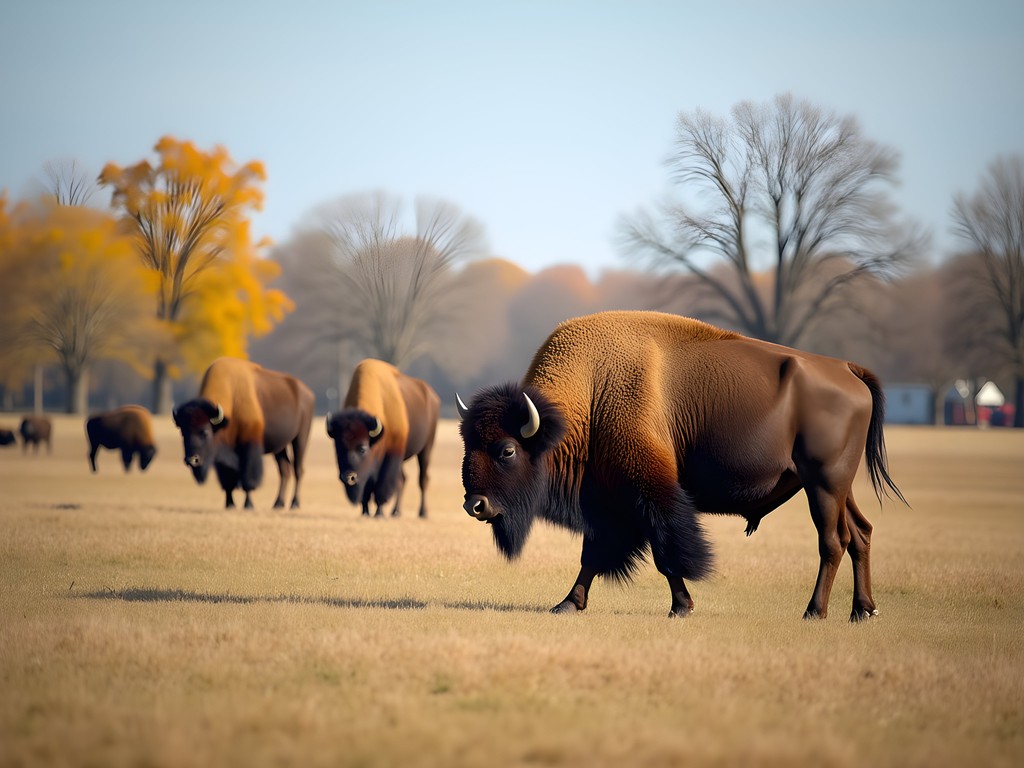
💡 Pro Tips
- Visit during feeding times (posted at the entrance) for the most active animal viewing
- The Lake Kampeska Aviary offers excellent opportunities for bird photography
- Pack a picnic to enjoy in the adjacent park after your zoo visit
Watertown's Culinary Heritage: Prairie to Plate
Cultural exploration remains incomplete without engaging with local cuisine. Watertown's food scene reflects both its agricultural heritage and contemporary influences, offering surprising diversity for a town of its size.
My culinary journey began at Dempsey's Brewery, where craft beers incorporate regional grains and pair perfectly with their signature bison burgers. The connection between local agriculture and the dining table becomes immediately apparent—this is a place where farm-to-table isn't a marketing trend but a centuries-old necessity.
For breakfast, Watertown Confectionery serves pastries that reflect the town's European immigrant influences, particularly German and Scandinavian. I found myself documenting the intricate patterns on their cardamom bread before enjoying it with locally roasted coffee.
The most memorable meal came from an unexpected source—Watertown's farmers market (Saturday mornings through early October), where I assembled an impromptu picnic of artisanal cheeses, heritage apples, and freshly baked bread. My insulated food container kept everything at perfect temperature as I enjoyed this simple feast beside Lake Kampeska, watching the autumn light play across the water.
What makes Watertown's culinary scene worth exploring is its authenticity—these are foods that tell the story of the land and the people who have cultivated it across generations.
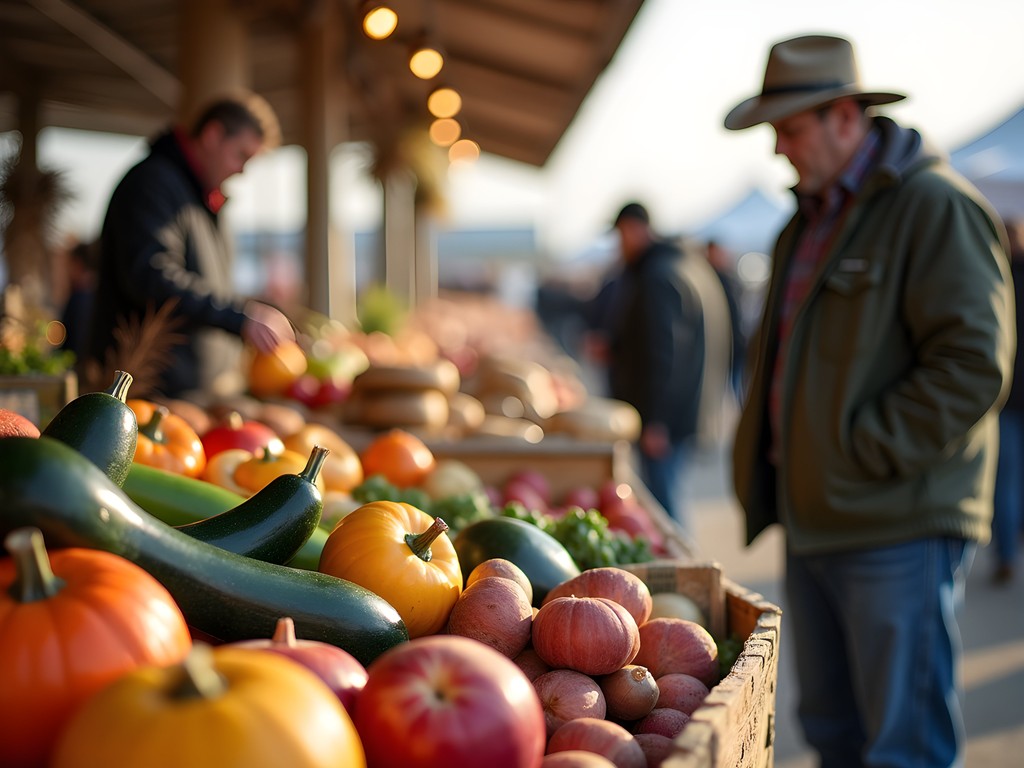
💡 Pro Tips
- Ask locals for recommendations—many excellent eateries don't have strong online presences
- Try chislic, a regional specialty of cubed meat (traditionally lamb) that reflects South Dakota's unique food heritage
- The farmers market runs Saturday mornings through early October—arrive early for the best selection
Final Thoughts
Watertown reveals itself slowly to those willing to look beyond the interstate exits and chain restaurants. In just a weekend, this modest prairie city offered me a profound exploration of how art, history, and landscape intertwine to create cultural identity. From Redlin's luminous paintings capturing vanishing rural traditions to the Mellette House's Victorian whispers of territorial ambition, from the renaissance of the Goss Opera House to the living heritage preserved through local cuisine—Watertown presents a multifaceted portrait of prairie culture that rewards the curious traveler.
What makes this destination particularly appealing for couples is the unhurried pace that allows for genuine connection—both with each other and with the place itself. As someone who has documented cultural practices across continents, I found myself unexpectedly moved by this quiet corner of South Dakota, where preservation and progress maintain a delicate, thoughtful balance.
I invite you to discover Watertown not as a stopover but as a destination worthy of your full attention. Pack your curiosity, comfortable walking shoes, and perhaps a sketchbook to record your own impressions of this prairie cultural enclave. The heartland has stories to tell for those patient enough to listen.
✨ Key Takeaways
- Watertown offers remarkable cultural depth for a modest investment of time and money
- Fall provides the ideal combination of comfortable temperatures, reduced crowds, and beautiful prairie light
- The interconnection between landscape, history, and art creates a holistic cultural experience
- Local guides and residents enhance the experience with personal stories and recommendations
📋 Practical Information
Best Time to Visit
September-October
Budget Estimate
$200-300 for a weekend (excluding transportation)
Recommended Duration
2-3 days
Difficulty Level
Easy

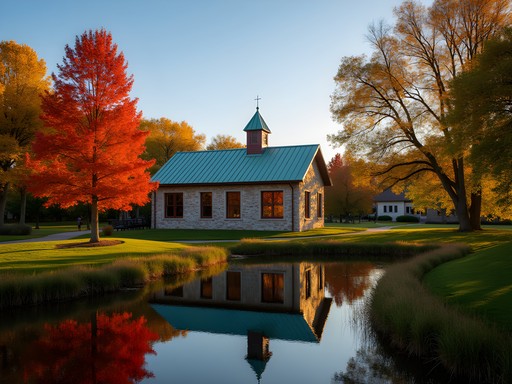
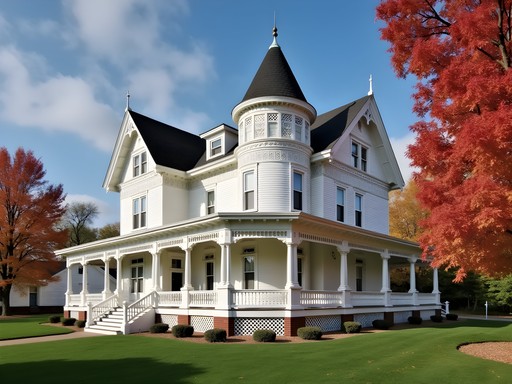

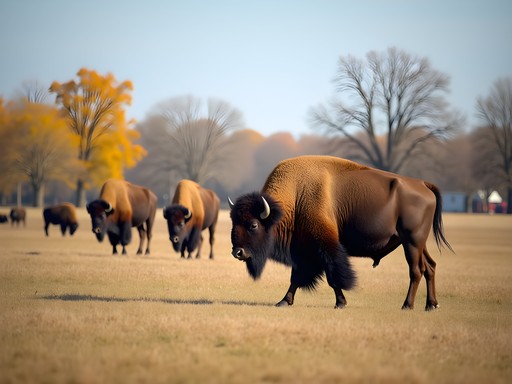
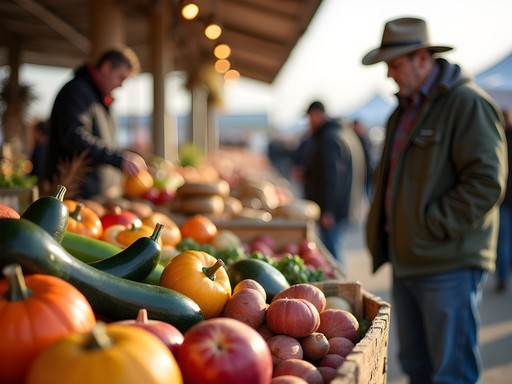


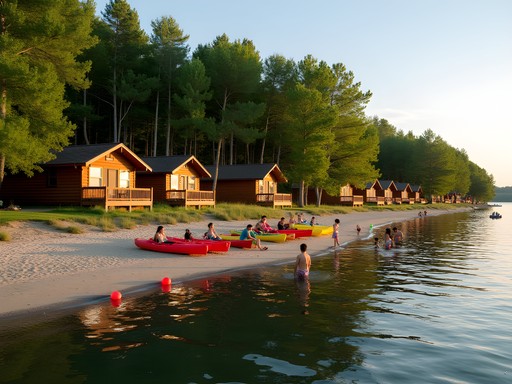







Comments
luckytime
Those Redlin paintings are incredible in person! Photos don't do them justice.
roadtripper22
Those Redlin paintings look incredible! Adding to my list!
winterfan8278
Is winter a bad time to visit? Thinking about a December trip but worried everything will be closed.
Amit Sullivan
Winter in South Dakota is harsh but beautiful! Most indoor attractions stay open, and the Terry Redlin Center's winter paintings take on new meaning when there's actual snow outside. Just pack your winter gear and be flexible with your plans as weather can change quickly.
hikingbuddy
We stopped in Watertown on our cross-country drive last summer and the Goss Opera House was such a surprise find! They were setting up for a local theater production and let us peek around. The restoration work they've done is incredible - all those original architectural details! The bartender at the downstairs lounge made some mean cocktails too. Definitely worth stopping in Watertown rather than just driving through on I-29.
luckytime
Did you catch any performances there? Planning a visit in November.
hikingbuddy
No performance, just the tour. Check their website though - they had a full calendar of events!
Sage Dixon
Just visited Watertown last month and the Terry Redlin Art Center blew me away! The way he captures those sunset scenes with all the nostalgic Americana elements is something else. Pro tip: go late afternoon when the light hits the paintings just right. And don't rush through - each painting tells an entire story if you take the time to look. The staff there shared some amazing background stories about Redlin's life that aren't on the placards.
globeadventurer
How long would you recommend for the art center? Trying to plan a day trip.
Sage Dixon
I'd give it at least 90 minutes if you really want to appreciate the artwork. There's also a nice gift shop and small cafe if you need a break!
citymood
Never thought South Dakota had this much culture! Definitely adding Watertown to my Midwest road trip.
midwestexplorer
Just got back from Watertown last weekend! The Terry Redlin Art Center exceeded all expectations - those sunset paintings are even more breathtaking in person. The detail is incredible. We spent nearly 3 hours there. Also had an amazing local lunch at a place called Watertown Confectionery downtown - homemade soups and sandwiches that were perfect after a morning of art appreciation. The Bramble Park Zoo was smaller than big city zoos but really well maintained with great educational programs. My kids loved the otter exhibit!
backpackvibes
Thanks for the food recommendation! Always looking for good local spots rather than chains.
Sage Dixon
Jeremy, this post really resonated with me! I passed through Watertown years ago and completely missed these gems. Last month I finally went back with your guide in hand and discovered a totally different side of the town. The Redlin Art Center was the highlight - those twilight scenes took me right back to childhood memories of rural America. One tip for readers: don't miss the local cafes downtown. I found a place called Watertown Confectionery that serves homemade ice cream that rivals anything I've had in Portland or NYC. Sometimes these prairie towns really do hide the best surprises if you're willing to exit the highway and explore!
journeygal
Yes! We found that ice cream shop too! That chocolate peanut butter flavor was incredible.
citybackpacker
Would winter be a terrible time to visit? Planning a January road trip.
Jeremy Lewis
Winter is beautiful but intense there! The art center and Mellette House are open year-round. Just pack serious winter gear - temperatures can hit -20°F. I'd recommend thermal layers if you're not used to prairie winters.
citybackpacker
Thanks for the heads up! Might reschedule for spring then 😅
Gregory Boyd
Jeremy, I appreciate your focus on these overlooked cultural destinations. After 15 years of global travel, I've found that these modest regional centers often provide more authentic experiences than tourist hotspots. I visited South Dakota in 2023 but regrettably bypassed Watertown en route to the Black Hills. The Goss Opera House restoration particularly intrigues me - these prairie cultural institutions tell us so much about the aspirations of frontier communities. Did you have a chance to see any performances there? I'm curious about how they're balancing historical preservation with contemporary programming.
Jeremy Lewis
Thanks Gregory! I was lucky enough to catch a local production of 'Our Town' at the Goss - quite fitting thematically. They're doing a remarkable job balancing preservation with accessibility. The acoustics are surprisingly excellent for such an old venue.
Venture X
Premium card with 2X miles, $300 travel credit, Priority Pass